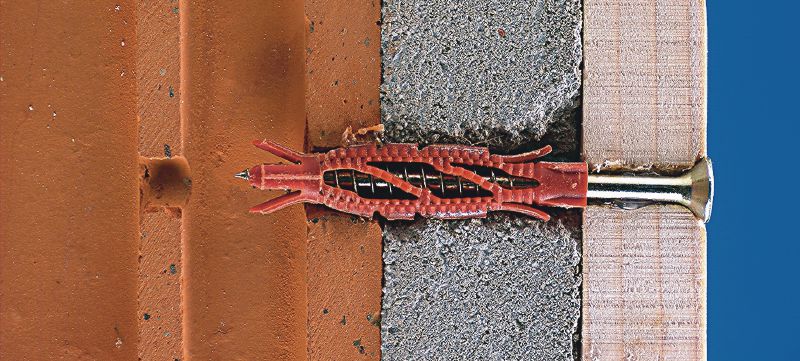


They have special characteristics for uses like rebar anchoring, which justify having to wait this long. At the other end of the scale pure epoxy resins can take between 170 hours and 7 hours over the same temperature range and some won’t cure below +5☌.
#Percentage of hilti anchors to be tested cracked
Some manufacturers have developed faster curing systems bringing curing times for capsules (for use with special anchor rods in cracked concrete) down to as little as a matter of minutes and injection systems, for general purpose anchoring, to half the standard times – while still being slower than standard capsules. An injection resin of the same basic resin may take typically four times as long. A typical capsule anchor will take between 4 hours at -5☌ and 10 minutes at +20☌ (base material temperature). The curing time is the other bugbear of resin anchors whereas mechanical anchors may be loaded immediately. Apart from cleaning the hole this makes the whole process safer for the installer and bystanders as it prevents airborne dust, which can cause silicosis. One approach that safely avoids the need for separate hole cleaning operations is the adoption, by some manufacturers, of hollow drill bits which, when attached to a vacuum, will suck the dust from the hole as it is generated. Now however there are capsule anchors – with ETA – which require blowing only, but useful as this progress is, until all capsule anchors have this capability the best approach when training installers is to stress the need for thoroughly clean holes for all systems. The brushing bit removes the dust sticking to the sides of the hole.

However, best practice has, until recently, dictated that holes for resin anchors should always be thoroughly cleaned out using a process of both blowing (or vacuuming), brushing and blowing. Capsule systems have always been less sensitive than injection systems to poor hole cleaning as the spinning action, together with the chunky aggregate, tends to draw some of the dust left on the sides of the hole into the mix, whereas injection systems simply lay the resin against any dust left behind. Manufacturers have been working hard on these aspects. They are much more sensitive to poor hole cleaning than mechanical anchors and must be allowed to cure before they can be tightened or loaded. Probably the major disadvantages with resin anchors are to do with their installation.


 0 kommentar(er)
0 kommentar(er)
